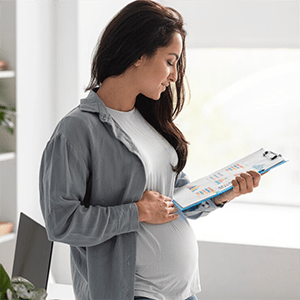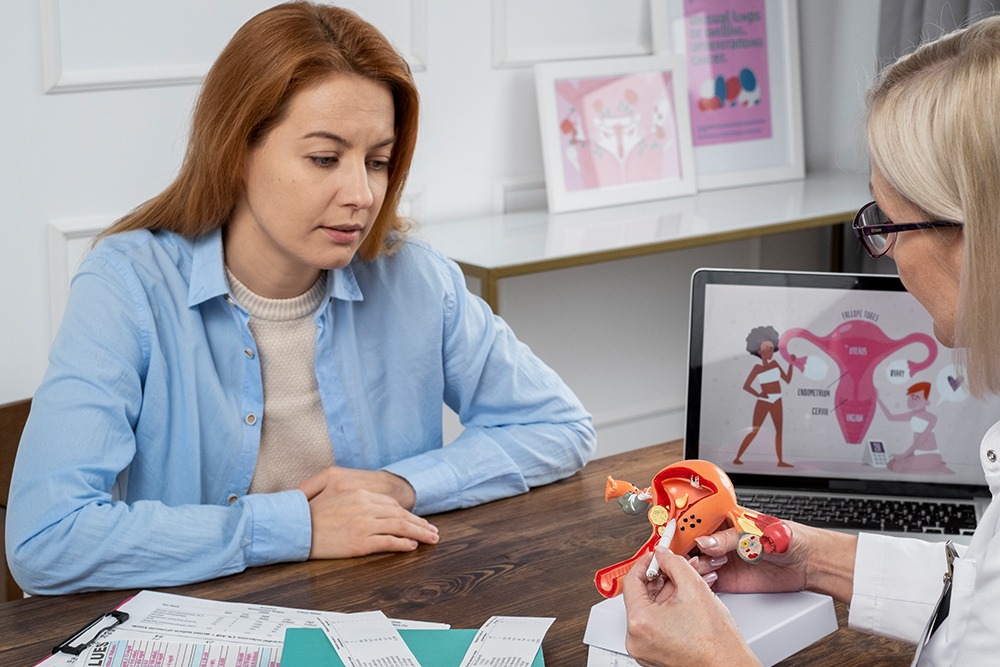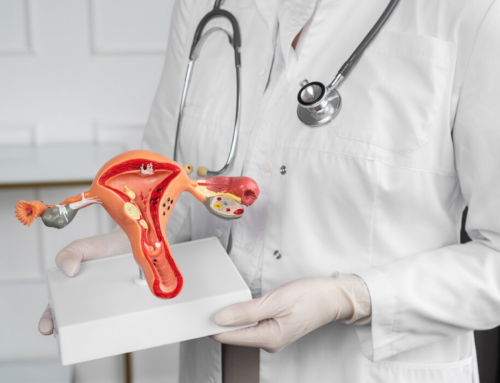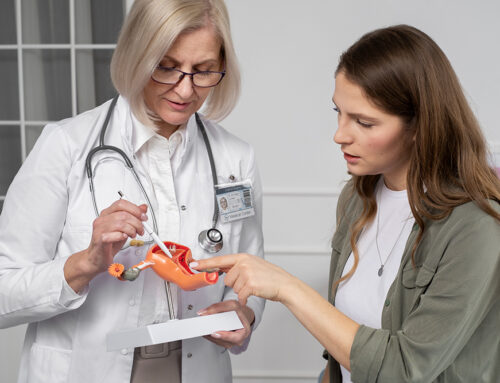The journey through pregnancy and childbirth is profound, bringing about significant changes to a woman’s body and hormonal balance. For those who have experienced or are familiar with endometriosis, a condition characterized by the growth of endometrial-like tissue outside the uterus, questions may arise regarding its relationship with childbirth. Specifically, is it possible to develop endometriosis after having a baby? This blog post delves into the complexities of endometriosis in the postpartum period.
Understanding Endometriosis
Endometriosis is a chronic condition that can cause pelvic pain, irregular menstruation, and, in some cases, infertility. It occurs when tissue similar to the lining of the uterus begins to grow in other parts of the body, such as the ovaries, fallopian tubes, and pelvic lining. This can lead to inflammation, pain, and the formation of scar tissue.

Pregnancy and Endometriosis
Pregnancy can bring temporary relief from endometriosis symptoms for some women. During pregnancy, the body produces higher levels of progesterone, which can suppress the growth of endometrial-like tissue. Additionally, the absence of menstrual periods during pregnancy means that the symptoms often associated with menstruation, such as pelvic pain and heavy bleeding, may diminish.
Developing Endometriosis Postpartum
While pregnancy can have a temporary alleviating effect on endometriosis, it is not a cure for the condition. It is possible for symptoms to return after childbirth, once menstrual cycles resume. However, the development of new endometriosis lesions postpartum is less understood.
Research on the onset of endometriosis after childbirth is limited, and the medical community continues to explore how hormonal and physiological changes during and after pregnancy may impact the condition. In theory, hormonal fluctuations and physical changes postpartum could contribute to the development of endometriosis in women who have not previously been diagnosed. However, such cases are considered rare, and more research is needed to understand the connection fully.

Diagnosis and Management Postpartum
For women experiencing symptoms suggestive of endometriosis after giving birth, such as persistent pelvic pain, heavy bleeding, or pain during intercourse, it is important to seek medical evaluation. A healthcare provider can offer diagnostic insights through clinical examinations, imaging tests, and sometimes laparoscopy. Management of endometriosis postpartum involves a range of treatments, including hormonal therapies, pain management strategies, and, in some cases, surgical interventions. The choice of treatment depends on the severity of symptoms, the extent of the disease, and the woman’s future reproductive plans.
Summary
While the majority of endometriosis cases are diagnosed before pregnancy, it is theoretically possible, though rare, for the condition to develop or become symptomatic after childbirth. Women experiencing new or worsening symptoms postpartum should consult their healthcare provider for an accurate diagnosis and appropriate management. As research continues, our understanding of endometriosis in the postpartum period will evolve, offering clearer insights and better guidance for affected women.








Leave A Comment